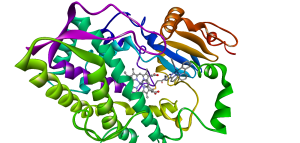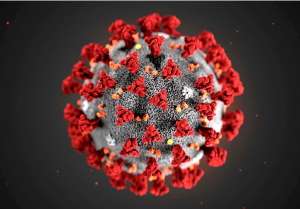Cytochrome P450 enzymes are a superfamily of enzymes with similar and, at the same time, structurally distinct functions. These proteins are of utmost pharmacological importance, as they facilitate and increase the excretion of various medications, in addition to being able to inhibit the pharmacological activity of medications in the body. The mechanism involved is complex, but the ultimate objective of enzymatic activity is to make drugs more soluble in water, facilitating their excretion through the urine.
Genetic Influence on Cytochrome P450
Genes that express cytochrome P450 enzyme proteins can undergo mutations, resulting in structural changes in the enzymes and altering their ability to metabolize drugs and other molecules. Genetic studies that identify DNA patterns in different populations are essential, as they allow us to recognize whether a specific population is more predisposed to resistance or toxicity to certain medications.
Pharmacological and Food Interactions
One of the main implications of the cytochrome P450 enzyme system in pharmacology is pharmacological interactions. When two or more drugs are metabolized by the same enzyme, competition can occur, resulting in high levels of one of the drugs in the body, which can substantially increase its action and adverse effects. At the same time, the other medication may have its effectiveness reduced due to its lower concentration in the body.
Interactions are not limited to drugs. Cytochrome P450 enzymes also oxidize fatty acids, improving their absorption and biotransformation into hormones. Therefore, medications that inhibit these enzymes can positively or negatively modulate the metabolic pathways of fatty acids in the body, affecting their effectiveness.
For more information, see the sources:






